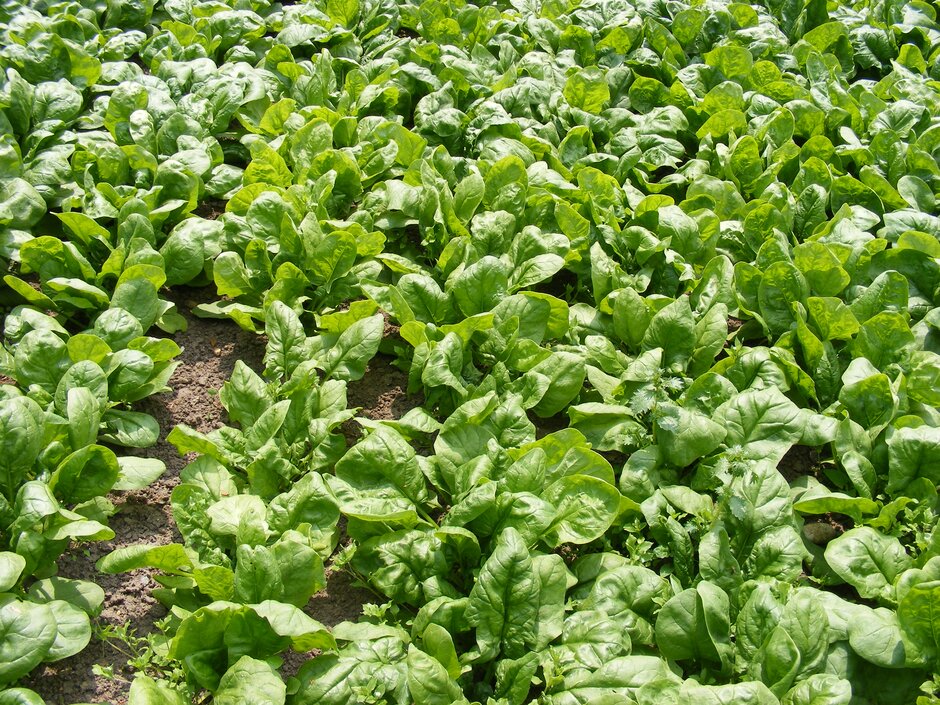Spinacia oleracea 'Medania'
spinach 'Medania'
A variety of spinach, a leafy biennial harvested in its first year. It is a relatively slow grower, slow to bolt, with good yields of rounded, slightly blistered, medium-textured, medium to dark green leaves.

Buy this plant
Size
Ultimate height
0.1–0.5 metresTime to ultimate height
1 yearUltimate spread
0.1–0.5 metresGrowing conditions
Moisture
Moist but well–drainedpH
Acid, Alkaline, NeutralColour & scent
| Stem | Flower | Foliage | Fruit | |
| Spring | Green | |||
|---|---|---|---|---|
| Summer | Green | |||
| Autumn | Green | |||
| Winter | Green |
Position
- Full sun
- Partial shade
Aspect
South–facing or East–facing or West–facing
Exposure
Sheltered Hardiness
H2Botanical details
- Family
- Amaranthaceae
- Native to GB / Ireland
- No
- Foliage
- Deciduous
- Habit
- Clump forming
- Genus
Spinacia are annual or biennial herbaceous plants, usually dioecious, with upright stems and smooth leaves that are ovate or triangular. Edible species are cultivated for their leaves (spinach)
- Name status
Accepted
How to grow
Cultivation
Does best on fertile soil rich in organic matter with a steady moisture supply. Winter crops need a sunny position, summer crops benefit from a little shade. Sow summer cultivars every few weeks from February (under biodegradable fleece or cloches) to the end of May. Sow winter cultivars in August and Sep, protecting the crop in cold spells. See Spinach (Grow your own)
Propagation
Propagate by seed. See sowing vegetable seeds
Suggested planting locations and garden types
- Patio and container plants
Pruning
No pruning required
Pests
At risk from damage by pigeons
Diseases
May be susceptible to spinach downy mildew
Get involved
The Royal Horticultural Society is the UK’s leading gardening charity. We aim to enrich everyone’s life through plants, and make the UK a greener and more beautiful place.